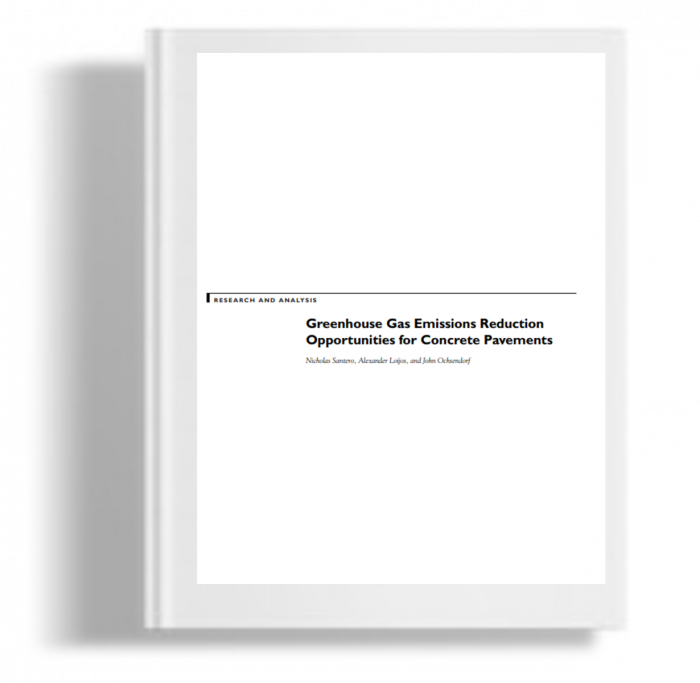Kami menggunakan cookies untuk membuat pengalaman Anda lebih baik. Untuk mematuhi petunjuk e-Pribadi yang baru, kami perlu meminta persetujuan Anda untuk menyetel cookies. Pelajari lebih lanjut .
Greenhouse Gas Emissions Reduction opportunities for Cincrete Pavements
Concrete pavements are a vital part of the transportation infrastructure, comprising nearly 25% of the interstate network in the United States. With transportation authorities and industry organizations increasingly seeking out methods to reduce their carbon footprint, there is a need to identify and quantitatively evaluate the greenhouse gas (GHG) emission reduction opportunities that exist in the concrete pavement life cycle. A select few of these opportunities are explored in this article in order to represent possible reduction approaches and their associated cost-effectiveness: reducing embodied emissions by increasing fly ash content and by avoiding overdesign; increasing albedo by using white aggregates; increasing carbonation by temporarily stockpiling recycled concrete aggregates; and reducing vehicle fuel consumption by adding an extra rehabilitation. These reduction strategies are evaluated for interstate, arterial, collector, and local road designs under urban and rural scenarios. The results indicate that significant GHG emission reductions are possible, with over half of the scenarios resulting in 10% reductions, compared to unimproved baseline designs. Given the right conditions, each scenario has the potential to reduce GHG emissions at costs comparable to the current price of carbon.
Concrete pavements are a vital part of the transportation infrastructure, comprising nearly 25% of the interstate network in the United States. With transportation authorities and industry organizations increasingly seeking out methods to reduce their carbon footprint, there is a need to identify and quantitatively evaluate the greenhouse gas (GHG) emission reduction opportunities that exist in the concrete pavement life cycle. A select few of these opportunities are explored in this article in order to represent possible reduction approaches and their associated cost-effectiveness: reducing embodied emissions by increasing fly ash content and by avoiding overdesign; increasing albedo by using white aggregates; increasing carbonation by temporarily stockpiling recycled concrete aggregates; and reducing vehicle fuel consumption by adding an extra rehabilitation. These reduction strategies are evaluated for interstate, arterial, collector, and local road designs under urban and rural scenarios. The results indicate that significant GHG emission reductions are possible, with over half of the scenarios resulting in 10% reductions, compared to unimproved baseline designs. Given the right conditions, each scenario has the potential to reduce GHG emissions at costs comparable to the current price of carbon.

